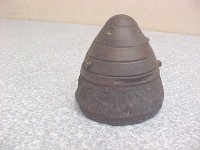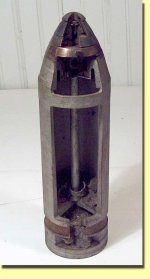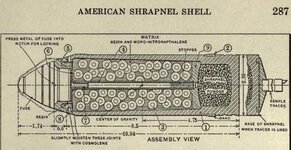Kosciuszko
Greenie
- Nov 24, 2013
- 14
- 2
- Primary Interest:
- All Treasure Hunting
Anyone know what type this artillery fuse is ?
Picture was made in Norway.
Thank You.
Picture was made in Norway.
Thank You.
Follow along with the video below to see how to install our site as a web app on your home screen.
Note: This feature may not be available in some browsers.



